How to Develop Your Photography Skills in Nature
Photography is an art that requires practice, patience, and skill. For those who love nature, capturing its beauty through the lens of a camera can be a rewarding experience. However, developing photography skills in nature can be challenging, especially for beginners. In this article, we will explore some tips and tricks to help you improve your photography skills in nature.
Choose the Right Equipment
The first step in developing your photography skills in nature is to choose the right equipment. Your camera should have a high resolution and a fast shutter speed to capture the details of nature. A tripod can also be helpful to stabilize your camera and avoid blurry images. Additionally, you may want to invest in a polarizing filter to reduce glare and enhance the colors in your photos.
Understand Lighting and Composition
Lighting and composition are key elements in photography. To capture the best shots in nature, you need to understand how light affects your photos. The golden hour, which is the hour after sunrise and before sunset, provides the best lighting for nature photography. You should also experiment with different angles and perspectives to create interesting compositions.
Practice and Experiment
Developing photography skills in nature requires practice and experimentation. Take your camera with you on hikes or walks and practice taking photos of different subjects. Experiment with different settings and techniques to find your own style. Don’t be afraid to make mistakes, as they can lead to new discoveries and techniques.
By following these tips and tricks, you can develop your photography skills in nature and capture the beauty of the natural world through your lens.
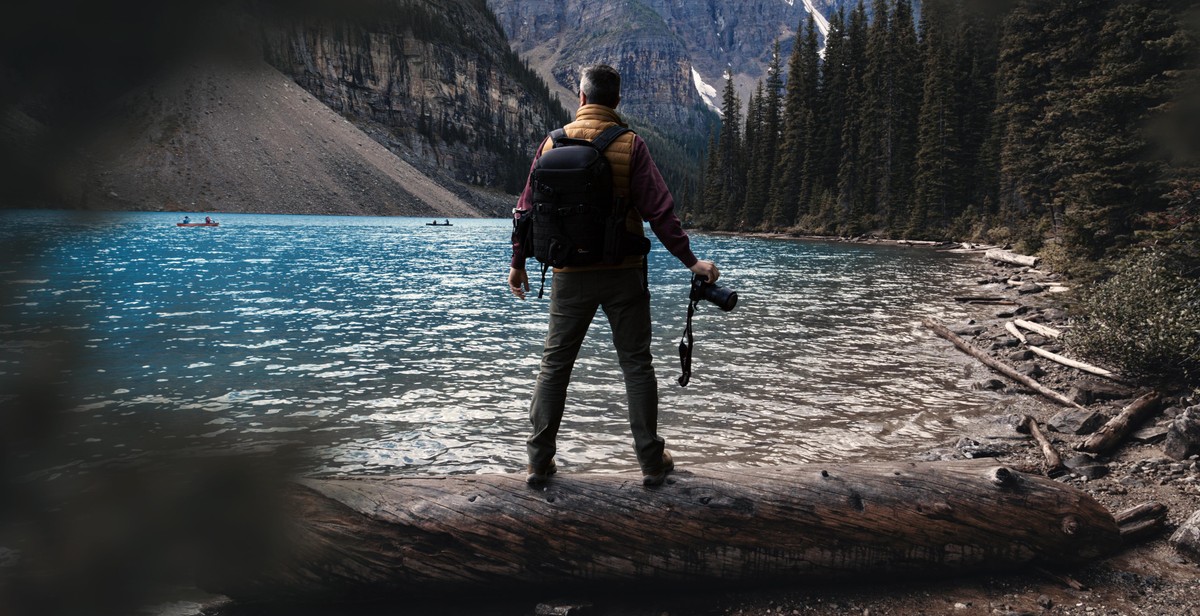
Understanding Your Camera
Developing your photography skills in nature requires a good understanding of your camera. Here are some tips to help you get the most out of your camera:
Choosing the Right Camera
Choosing the right camera is important for nature photography. Consider factors such as resolution, lens compatibility, and weather sealing. A camera with a high resolution will allow you to capture fine details, while weather sealing will protect your camera from the elements.
Using Manual Mode
Manual mode gives you complete control over your camera settings, allowing you to adjust exposure, shutter speed, and aperture to achieve the desired effect. This mode is particularly useful in nature photography, where lighting conditions can change quickly.
Understanding Exposure
Exposure is the amount of light that reaches the camera sensor, and it determines the brightness of your photo. Understanding exposure is critical to achieving the desired effect in your nature photography. You can adjust exposure by changing the aperture, shutter speed, or ISO.
Mastering Shutter Speed and Aperture
Shutter speed and aperture are two of the most important settings in nature photography. Shutter speed controls the amount of time the camera sensor is exposed to light, while aperture controls the amount of light that enters the camera. Mastering these settings can help you create stunning nature photos.
- Use a fast shutter speed to freeze motion, such as a bird in flight or a waterfall.
- Use a slow shutter speed to create motion blur, such as a flowing stream or a moving animal.
- Use a wide aperture to create a shallow depth of field, isolating your subject from the background.
- Use a narrow aperture to create a greater depth of field, keeping all elements in the scene in focus.
By understanding your camera and mastering these settings, you can take your nature photography to the next level.
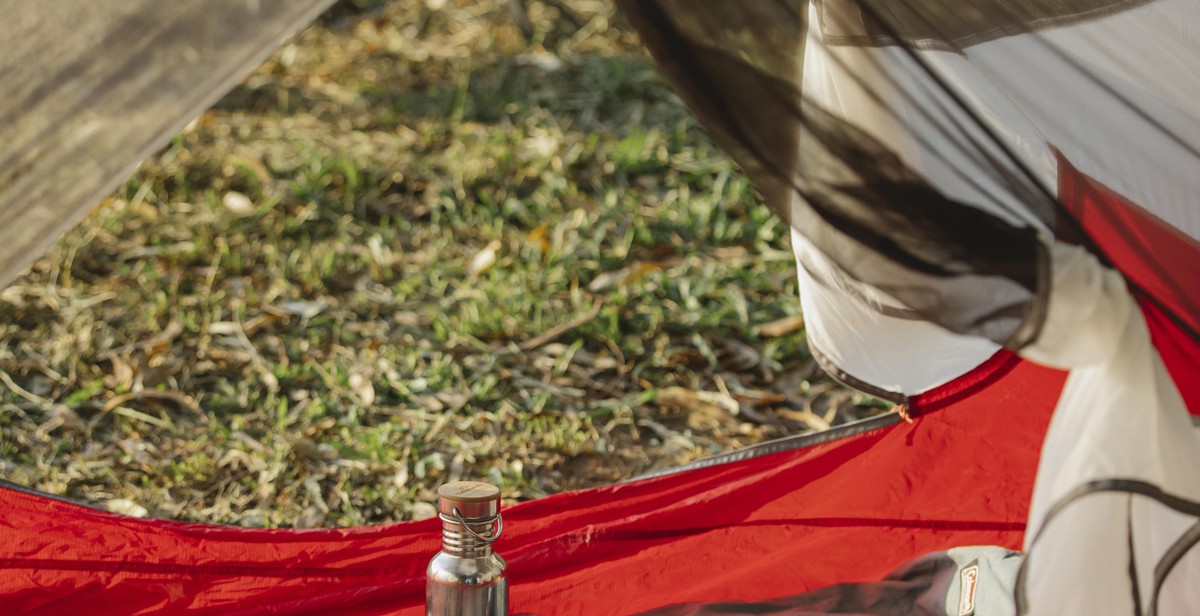
Composition Techniques
One of the most important aspects of photography is composition. It is the arrangement of elements within the frame that makes a photograph aesthetically pleasing and effective. Here are some composition techniques to help you develop your photography skills in nature.
Rule of Thirds
The rule of thirds is a basic composition principle that involves dividing the frame into thirds both horizontally and vertically. The idea is to place the subject of the photograph at one of the points where the lines intersect. This technique creates a more dynamic and visually interesting image as compared to placing the subject at the center of the frame.
Leading Lines
Leading lines are lines within the frame that guide the viewer’s eye towards the subject of the photograph. They can be found in nature in the form of tree branches, rivers, or pathways. Incorporating leading lines into your photographs can add depth and dimension to the image.
Symmetry and Patterns
Symmetry and patterns can create striking images in nature photography. Look for natural patterns in the environment, such as ripples in water or the veins of a leaf. Symmetrical compositions can also be powerful, such as a reflection in a still body of water.
Foreground and Background
Foreground and background elements can add depth and context to an image. Including a foreground element, such as a rock or a flower, can create a sense of scale and draw the viewer’s eye into the photograph. A background element, such as a mountain range or a sunset, can add context and provide a sense of place.
By using these composition techniques, you can create stunning nature photographs that capture the beauty of the natural world.
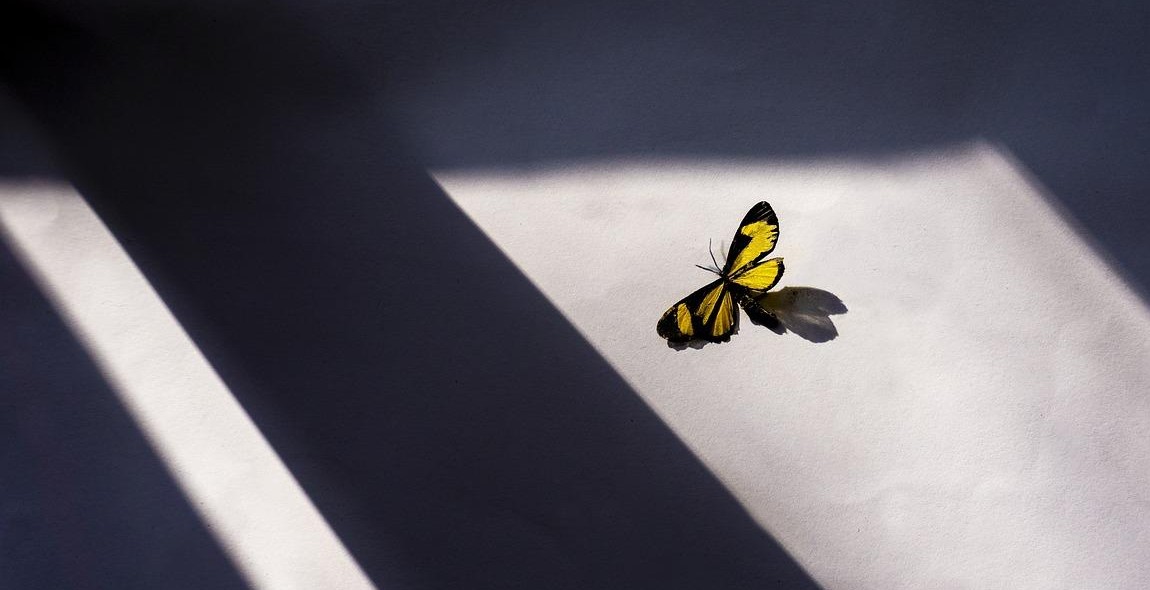
Lighting in Nature Photography
Lighting is one of the most important aspects of nature photography. It can make or break a photograph. Understanding how to use natural light to your advantage is essential.
Golden Hour
The golden hour is the time just after sunrise or just before sunset when the sun is low in the sky. During this time, the light is soft and warm, creating a beautiful glow. This is the perfect time to capture stunning landscape photos.
Using Natural Light
When shooting in nature, it’s important to use natural light to your advantage. Avoid using flash unless absolutely necessary. Try to position yourself so that the sun is behind you, illuminating your subject. If you’re shooting in the middle of the day, look for areas of shade where the light is diffused.
Creating Dramatic Lighting
To create dramatic lighting, look for areas where the light is shining through trees or other objects. This can create interesting shadows and highlights. You can also experiment with backlighting, where the subject is backlit by the sun. This can create a stunning silhouette effect.
- Use the golden hour to capture stunning landscape photos
- Avoid using flash and position yourself to use natural light to your advantage
- Look for areas of shade to diffuse harsh light
- Experiment with backlighting and shadows to create dramatic lighting effects
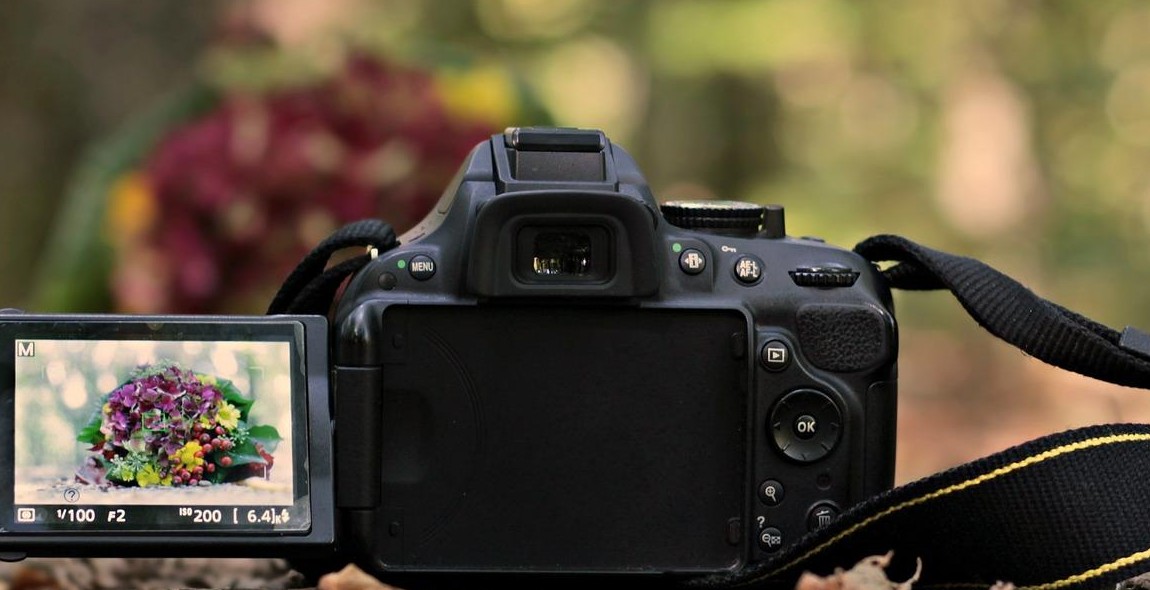
Equipment for Nature Photography
When it comes to nature photography, having the right equipment can make all the difference in capturing the perfect shot. Here are some essential pieces of equipment to consider:
Tripods and Monopods
A tripod or monopod is essential for keeping your camera steady and reducing camera shake when taking photos. This is particularly important when shooting in low light conditions or using a telephoto lens. A tripod will also allow you to take long exposure shots, such as waterfalls or star trails.
Filters and Lenses
Filters and lenses can help enhance the natural beauty of your surroundings and improve the overall quality of your photos. A polarizing filter can reduce glare and enhance colors, while a neutral density filter can help you achieve longer shutter speeds for motion blur effects. A wide-angle lens can capture more of the scenery, while a telephoto lens can bring distant subjects closer.
Remote Shutter Release
A remote shutter release allows you to take photos without touching your camera, reducing the risk of camera shake. This is particularly useful when using a tripod or taking long exposure shots. There are both wired and wireless options available, so choose the one that best suits your needs.
| Equipment | Function |
|---|---|
| Tripods and Monopods | Keep camera steady, reduce camera shake |
| Filters and Lenses | Enhance natural beauty, improve photo quality |
| Remote Shutter Release | Reduce camera shake, useful for long exposure shots |
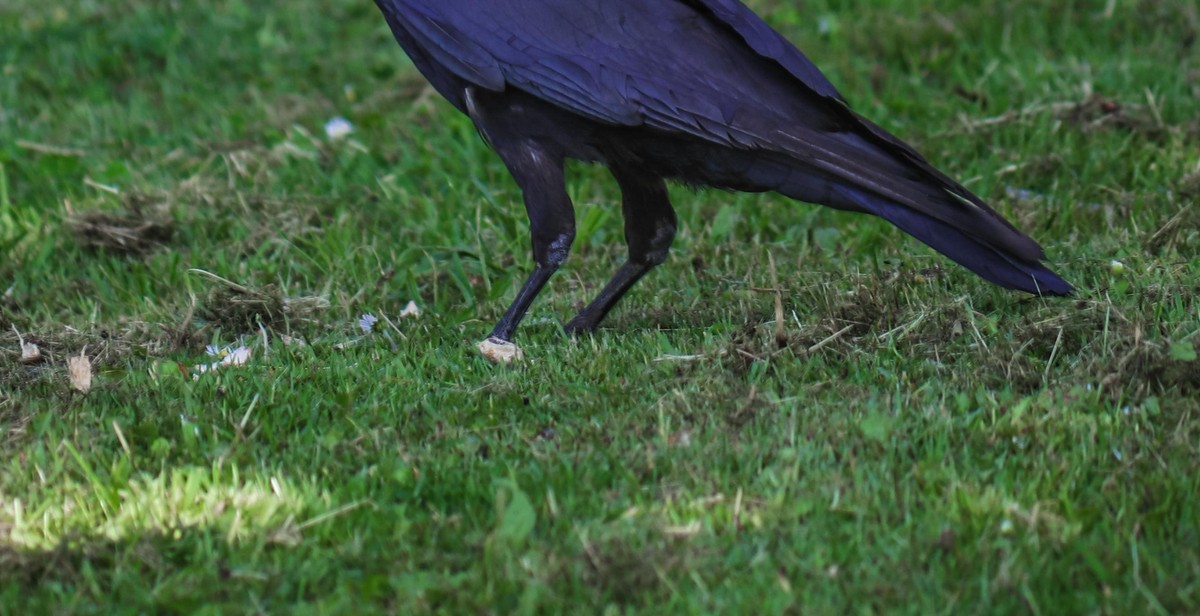
Tips for Capturing Wildlife
Photographing wildlife can be a challenging yet rewarding experience. Here are some tips to help you capture stunning wildlife photographs:
Researching the Wildlife
Before heading out to photograph wildlife, it’s important to research the particular species you’re interested in capturing. Knowing their behavior, habitat, and feeding patterns can help you anticipate their movements and increase your chances of getting the shot you want. Use online resources, field guides, and local experts to gather information about the wildlife you want to photograph.
Being Patient and Observant
Patience is key when it comes to wildlife photography. Animals can be unpredictable and may not always appear when you want them to. It’s important to stay alert and observant, looking for signs of movement or activity. Be prepared to spend long periods waiting for the perfect shot, and avoid disturbing or stressing the wildlife.
Using the Right Settings
Using the right camera settings can make all the difference in capturing stunning wildlife photos. Use a fast shutter speed to freeze movement and a wide aperture to create a shallow depth of field, blurring the background and highlighting the subject. Consider using a telephoto lens to get close-up shots while maintaining a safe distance from the wildlife.
- Research the wildlife before heading out
- Stay patient and observant
- Use fast shutter speed and wide aperture
- Consider using a telephoto lens
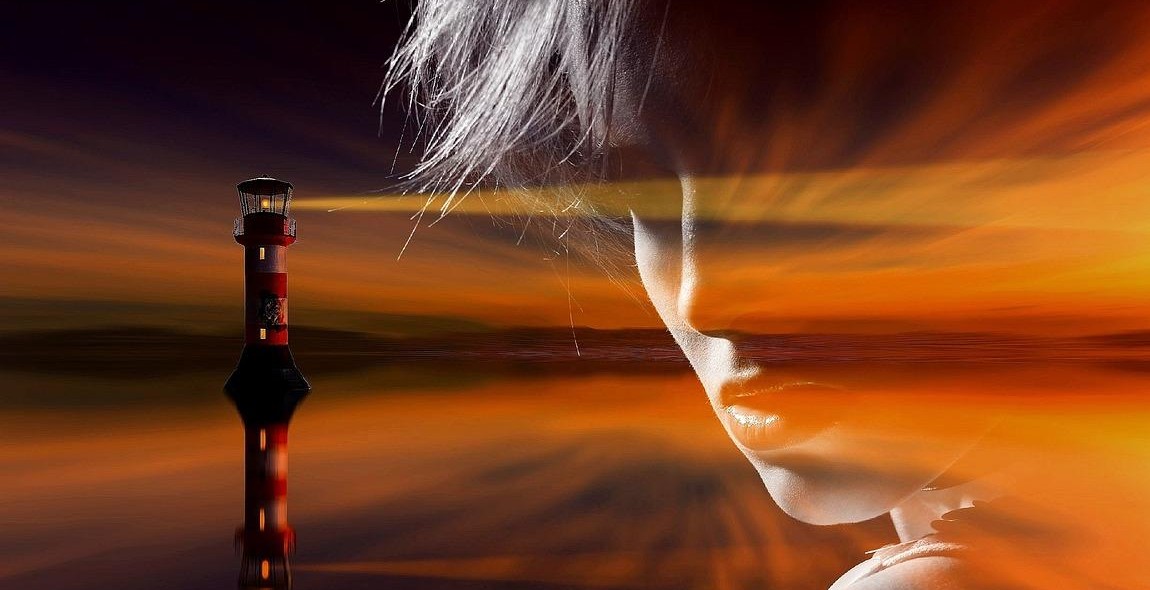
Post-Processing Your Photos
Post-processing is an essential part of developing your photography skills. It involves using software to edit your photos and make them look their best. Here are some tips for post-processing your nature photos:
Choosing the Right Software
There are many software options available for post-processing your photos. Some popular choices include Adobe Lightroom, Photoshop, and Capture One. When choosing your software, consider your skill level and budget. Lightroom is a great choice for beginners, while Photoshop offers more advanced editing options.
Basic Editing Techniques
Basic editing techniques include adjusting exposure, contrast, and color balance. You can also crop your photos to improve composition and remove unwanted elements. Be careful not to over-edit your photos, as this can make them look unnatural.
Advanced Editing Techniques
If you’re looking to take your post-processing skills to the next level, consider using advanced editing techniques. These include dodging and burning, selective color adjustments, and compositing. These techniques require more skill and practice, but can result in stunning, professional-looking photos.
| Technique | Description |
|---|---|
| Exposure | Adjusts the brightness of the photo |
| Contrast | Adjusts the difference between light and dark areas of the photo |
| Color Balance | Adjusts the overall color cast of the photo |
| Cropping | Removes unwanted elements and improves composition |
Remember, post-processing should enhance your photos, not completely transform them. With practice and experimentation, you can develop your post-processing skills and create stunning nature photos.
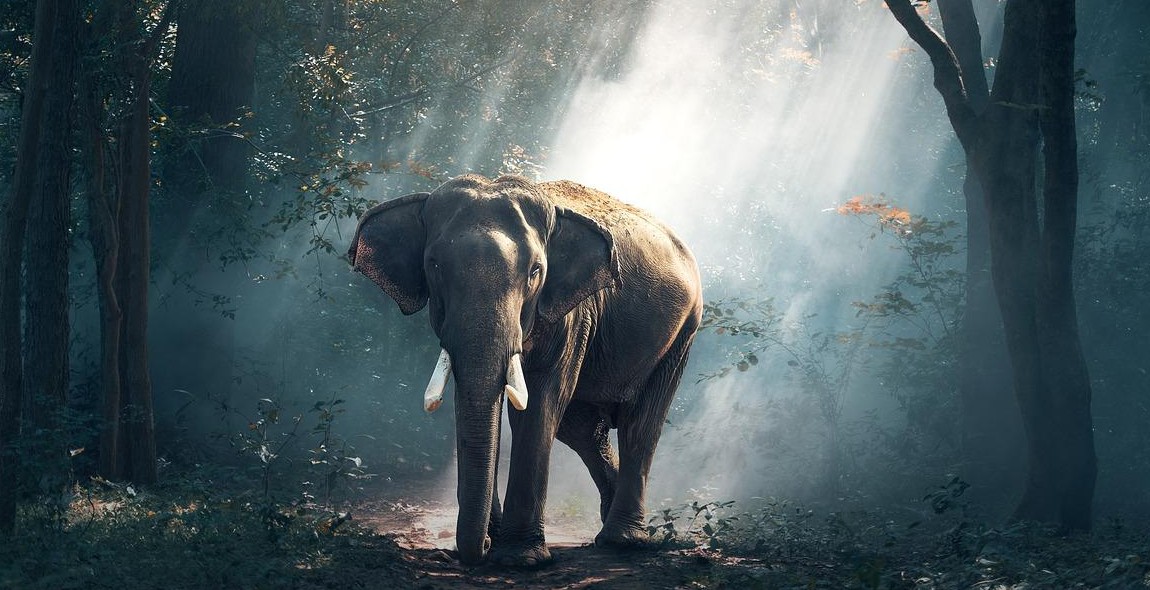
Conclusion
Nature photography is an exciting and rewarding hobby that can also turn into a lucrative profession. To develop your photography skills in nature, it is essential to have the right mindset, equipment, and techniques.
Mindset
Having a curious and patient mindset is crucial for nature photography. You need to be observant of your surroundings, anticipate the right moment, and capture the essence of the scene. It is also important to respect and protect your subjects and their environment.
Equipment
A good camera, lenses, tripod, and accessories are essential for nature photography. You also need to understand how to use them and adjust the settings depending on the lighting, weather, and subject. Investing in quality equipment will help you capture sharp and high-quality images.
Techniques
Mastering techniques such as composition, exposure, and focusing will help you create visually stunning images. You can also experiment with different perspectives, angles, and styles to add variety to your portfolio. Continuous learning and practice are key to improving your skills and developing your own style.
In conclusion, developing your photography skills in nature is a fulfilling and ongoing journey that requires passion, dedication, and creativity. By adopting the right mindset, equipment, and techniques, you can capture breathtaking images and share your unique perspective with the world.
